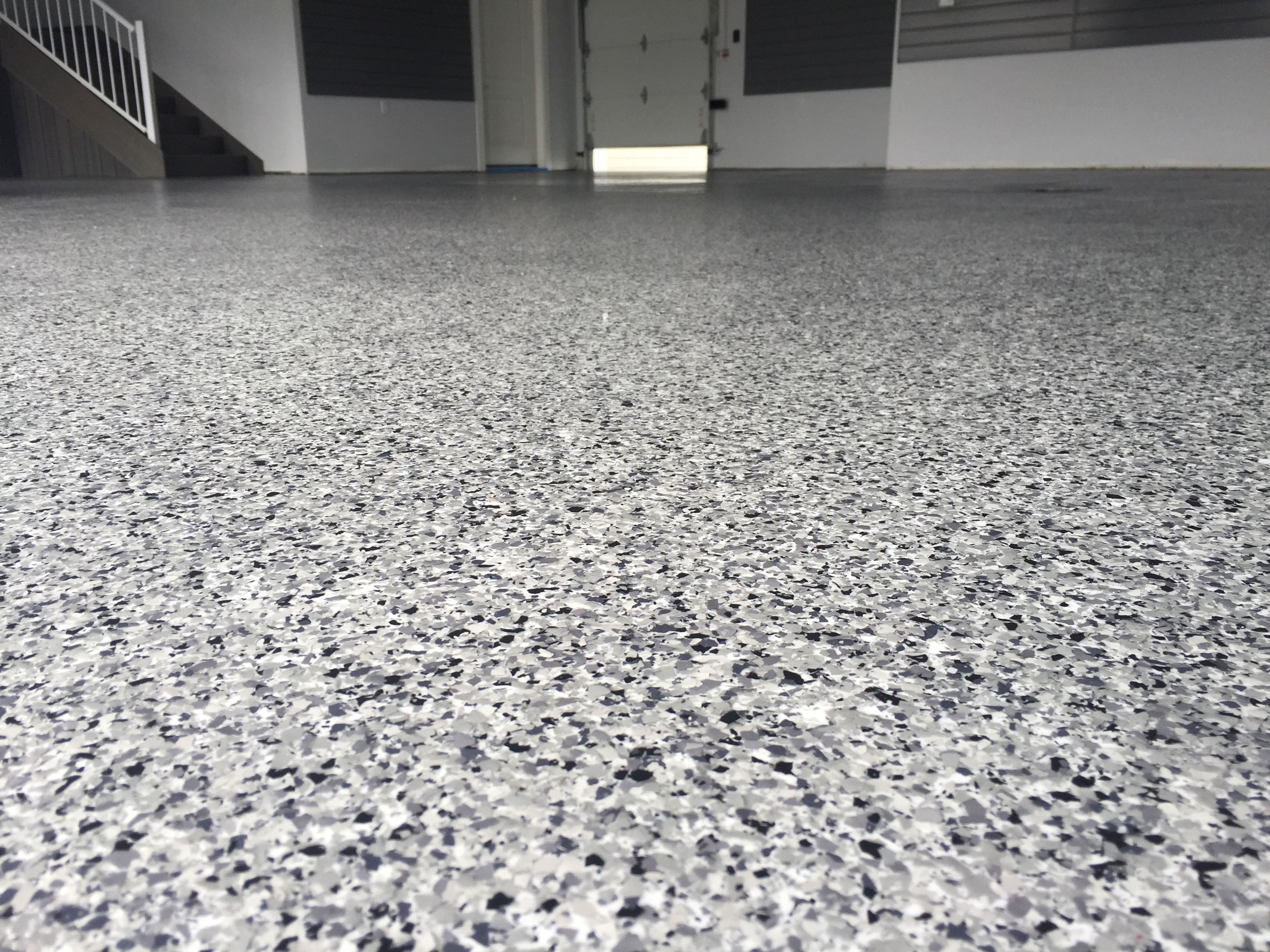First horizontal crack on garage wall around 1 8 inch wide and 3 feet long located 2 inches above the floor.
Are cracks in garage floor normal.
A little bit of settlement is normal over the years but it can put pressure on garage floors and result in cracks.
Ultimately severity depends on crack width and if it continues to grow or not.
Analyze the direction of the crack.
Each around 1 16 inch wide and 2 to 3 feet long.
This requires tensile strength provide by rebar placed in a grid in the slab.
You will see cracks in most garage floors.
Unless there is a structural defect in the floor there is no need to worry about the cracks.
You can fix the cracks easily if you like.
In general a small number of tight less than 1 8 inch wide stable cracks are considered normal shrinkage cracks.
Settlement cracks are generally more serious than shrinkage cracks.
Another possible cause of a crack can be standing water.
You can fix the cracks easily if you like.
Vertical and horizontal cracks in drywall or plaster walls typically indicate drying and shrinkage which is normal after construction.
The good news is that most cracks in garage floors are common and not an indication of serious structural issues however there are a few that indicate that maintenance is needed or that there may be a structural concern.
Frost heaves or expansive soil damage photo above can cause substantial damage to basement crawl space or garage floor slabs in some conditions.
See details at frost heaves foundation slab.
Be they straight jagged or spiderweb like fine cracks in the basement floor commonly result from surface shrinkage as.
Advanced settlement cracks are open buckets waiting to collect water.
For example large trees near your garage may have roots that reach under the floor disturbing the cement and causing it to crack.
If they are larger or growing wider then you probably have uneven settling taking place and the slab is not strong enough to tolerate the movement.
Concrete cracks due to inclusions photo above of shale and iron sulfide mineral pyrrhotite cracking see details at pyrrhotite inclusion cracking.
Unless there is a structural defect in the floor there is no need to worry about the cracks.
Are cracks in garage floor normal.
Jagged cracks stair step cracks and 45 degree angle cracks generally signify structural movement or settling issues that are occasionally serious but usually harmless.
Outside wall on west side of the house there are 5 horizontal cracks.
You will see cracks in most garage floors.
Hairline cracks need no repair and are not indicative of a larger problem.
Water is a powerful force and if it is allowed to freeze the resulting ice expands and widens any tiny crack it has seeped into accelerating damage to a concrete floor.
Cold joints look like cracks but are ok.

